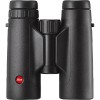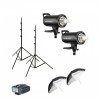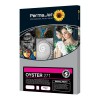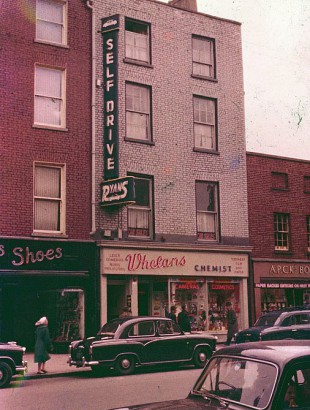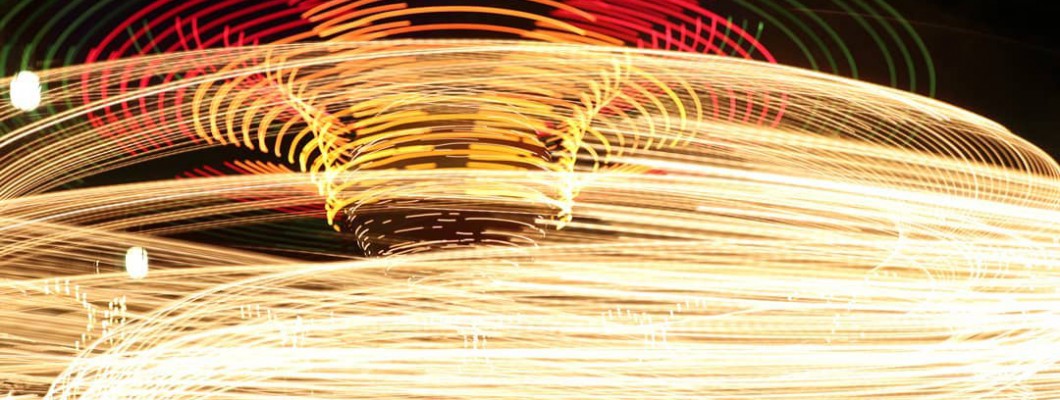
Mastering Shutter Speed in Photography: A Comprehensive Exploration
Shutter speed is a foundational concept in photography that governs the amount of time the camera's sensor is exposed to light. It plays a pivotal role in determining how motion is captured, from freezing fast-moving subjects to creating artistic blurs. Understanding shutter speed empowers photographers to manipulate time in their images, resulting in dynamic action shots or serene long-exposure landscapes. In this comprehensive guide, we delve into the intricacies of shutter speed and its transformative impact on photography.

What is Shutter Speed?
Shutter speed refers to the duration for which the camera's sensor is exposed to light. It's measured in seconds or fractions of a second, such as 1/1000, 1/250, 1/30, etc. The choice of shutter speed influences how motion is depicted in an image, ranging from sharp and frozen to blurred and expressive.
Freezing Motion:
A fast shutter speed (short exposure time) captures fast-moving subjects in sharp detail. This is crucial for action photography, where freezing a moment in time is essential. Sports, wildlife, and street photography often require fast shutter speeds to capture fleeting moments without motion blur.
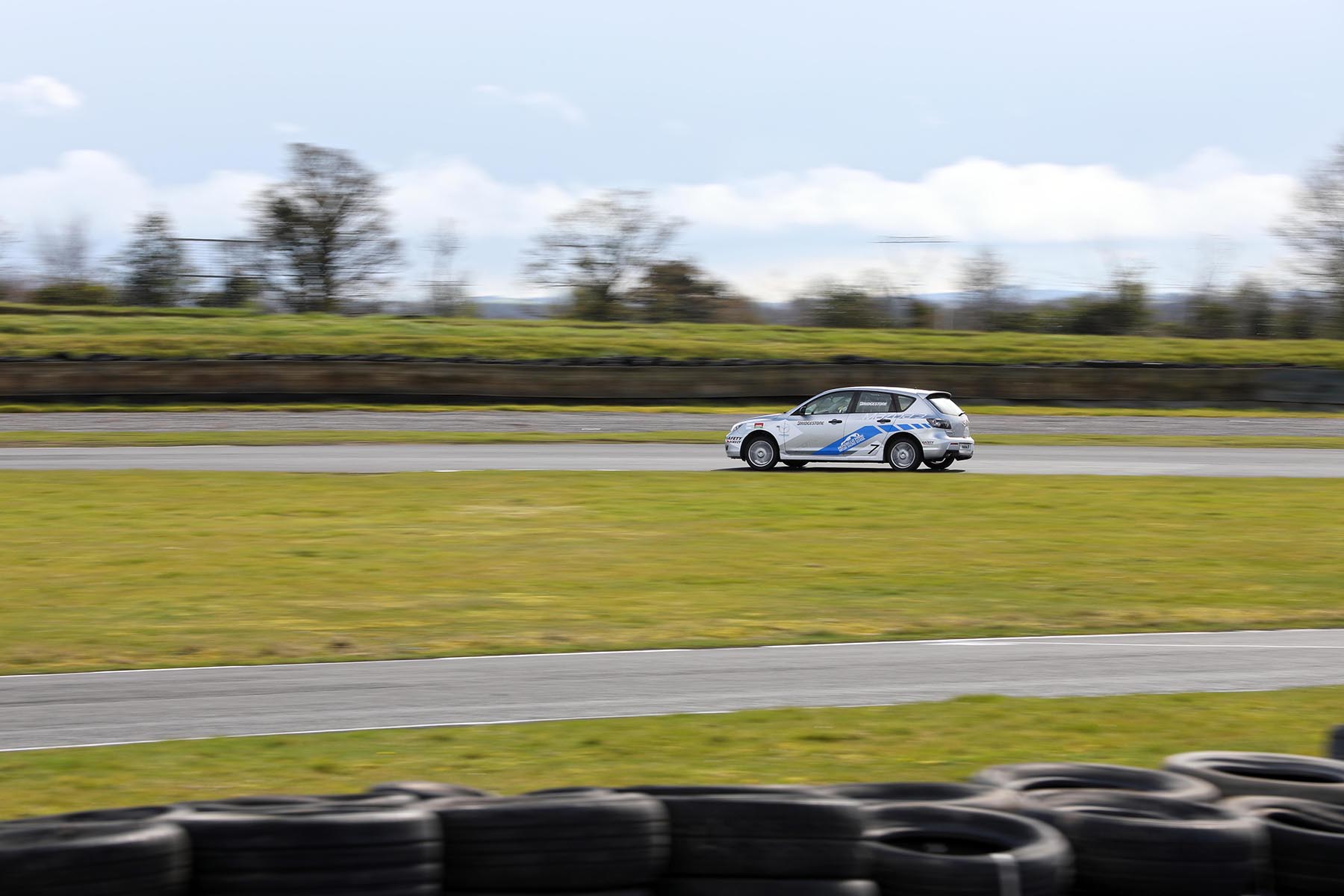
Creating Motion Blur:
Conversely, a slow shutter speed (long exposure time) introduces motion blur, emphasizing movement in a photograph. This technique is often used to depict the sensation of motion or to add a sense of energy to an image. Long exposure photography can capture the flowing water of a waterfall or the streaking lights of passing cars at night.
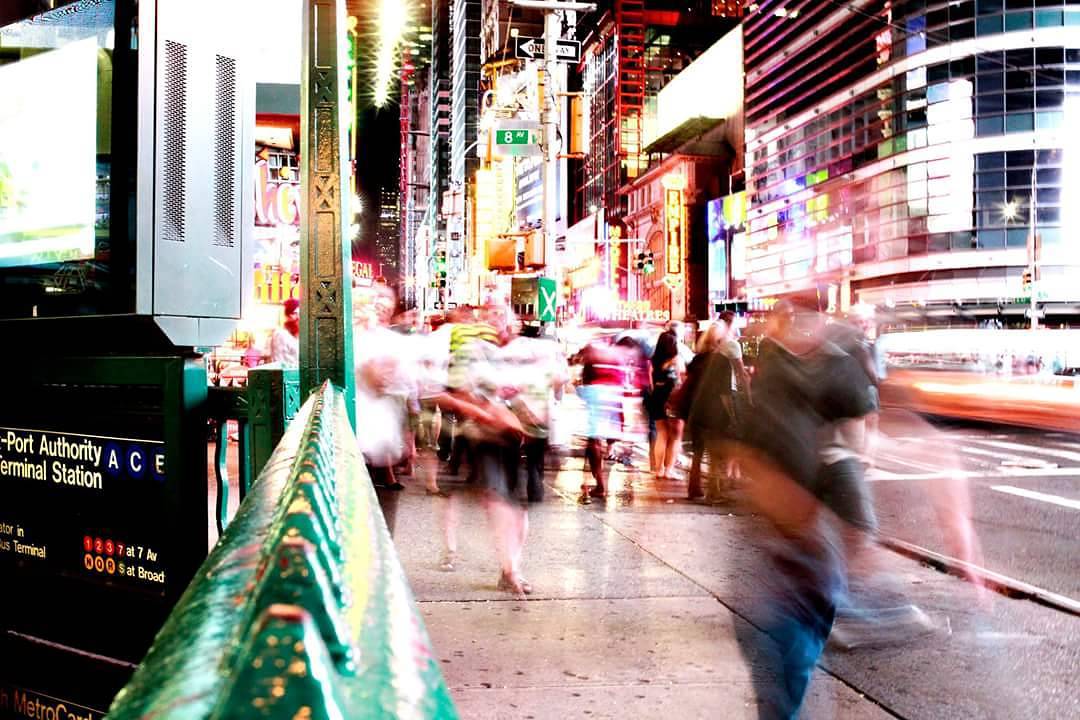
Shutter Speed and Lighting:
The choice of shutter speed also affects the exposure of an image. A faster shutter speed reduces the amount of light reaching the sensor, making it suitable for well-lit scenes. A slower shutter speed allows more light in, making it ideal for low-light conditions. This interaction between shutter speed and exposure is crucial for achieving proper lighting in your photographs.

Shutter Priority Mode:
Many cameras offer a Shutter Priority mode (often labelled as 'S' or 'Tv'). In this mode, you set the desired shutter speed, and the camera adjusts the aperture to achieve proper exposure. This mode is particularly useful when you want to control motion effects while allowing the camera to handle other exposure settings.
Motion Effects with Shutter Speed:
Experimenting with different shutter speeds can yield exciting creative effects. A fast shutter speed can capture a water droplet in mid-air, while a slower shutter speed can turn a crowded street into a mesmerizing blend of moving colours.
Handheld vs. Tripod:
For slow shutter speeds, using a tripod is essential to prevent camera shake and ensure a sharp image. In contrast, handheld shots at slow shutter speeds can result in unintentional blur.
Conclusion:
Shutter speed is a dynamic tool in photography that grants photographers control over motion and light. By mastering the art of shutter speed, photographers can freeze moments in time, convey movement, and experiment with captivating visual effects. Whether you're freezing the excitement of a sporting event or capturing the serene stillness of a starry night, understanding shutter speed is key to unlocking the creative possibilities of photography.




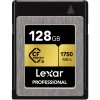
-100x100.jpg)
-100x100.jpg)



